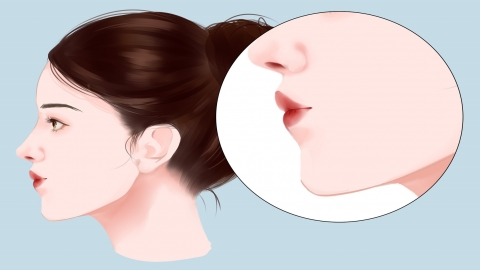What are the risks and side effects of hyaluronic acid?
Injecting hyaluronic acid directly into the skin can indeed quickly smooth wrinkles, augment the nose bridge, or plump the lips, but it is not without risks. Once the needle enters the body, reversible or even irreversible complications may occur.
1. What Is Hyaluronic Acid?
Its scientific name is hyaluronic acid, a substance naturally present in joints, eyes, and skin due to its high water-retention capacity. Medical-grade products are produced through microbial fermentation and purification, closely resembling human body components, allowing gradual degradation and absorption. Thanks to its excellent biocompatibility, it is widely used as a viscoelastic agent in ophthalmic surgery, joint cavity lubricant, and soft tissue filler.

2. Common Side Effects
Most people experience only temporary redness, swelling, or bruising after injection, which resolves spontaneously within one to three days. Persistent itching, hives, or worsening pain may indicate an acute allergic reaction, requiring immediate discontinuation of treatment and medical attention. Noticeable local swelling with pale or mottled skin often results from filler compressing blood vessels or obstructing lymphatic drainage. If accompanied by fever and expanding redness, bacterial infection should be suspected. A rarer but more serious complication is vascular occlusion, which may lead to skin necrosis or even vision loss. This requires urgent treatment with hyaluronidase within the critical six-hour window.
3. Potential Risks
Excessive amounts or incorrect injection depth can result in stiff facial contours and unnatural expressions. Long-term, repeated, and large-volume injections may stimulate local fibrosis, leading to nodules or granulomas. Once formed, these hard lumps are difficult to fully eliminate with dissolving enzymes alone and often require surgical excision. In addition, unqualified products or improper procedures may introduce microorganisms into the subcutaneous tissue, causing abscesses or chronic infections.
It is recommended to choose正规 medical institutions and qualified physicians, using only products approved by the National Medical Products Administration. Patients should fully disclose their allergy history, bleeding tendencies, and prior filler treatments before the procedure. Post-procedure care includes following medical advice for ice application, avoiding pressure on the treated area, staying away from high-temperature environments, and refraining from strenuous exercise for at least one week. Immediate return to the clinic is necessary if abnormal pain, color changes, or blurred vision occur. To balance beauty and safety, realistic expectations should be set, and the principle of small, multiple sessions should be followed.







